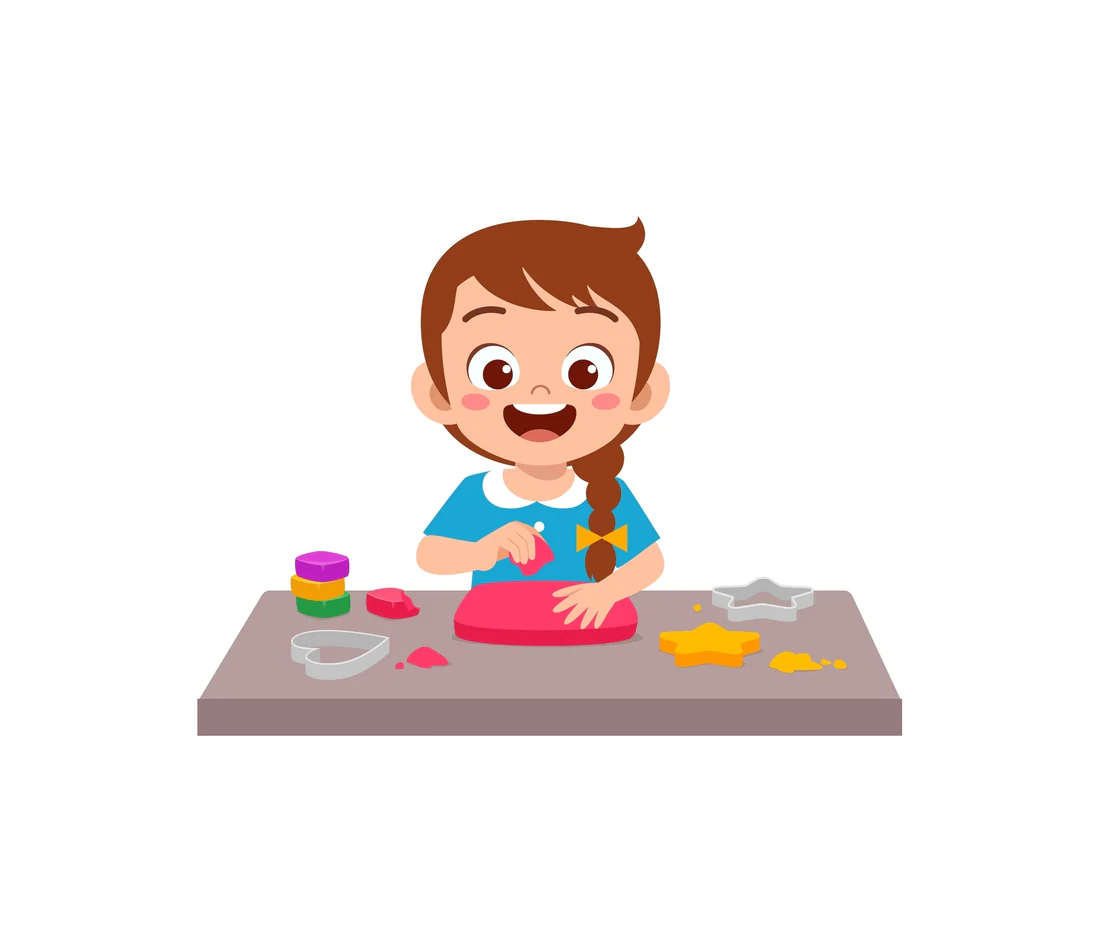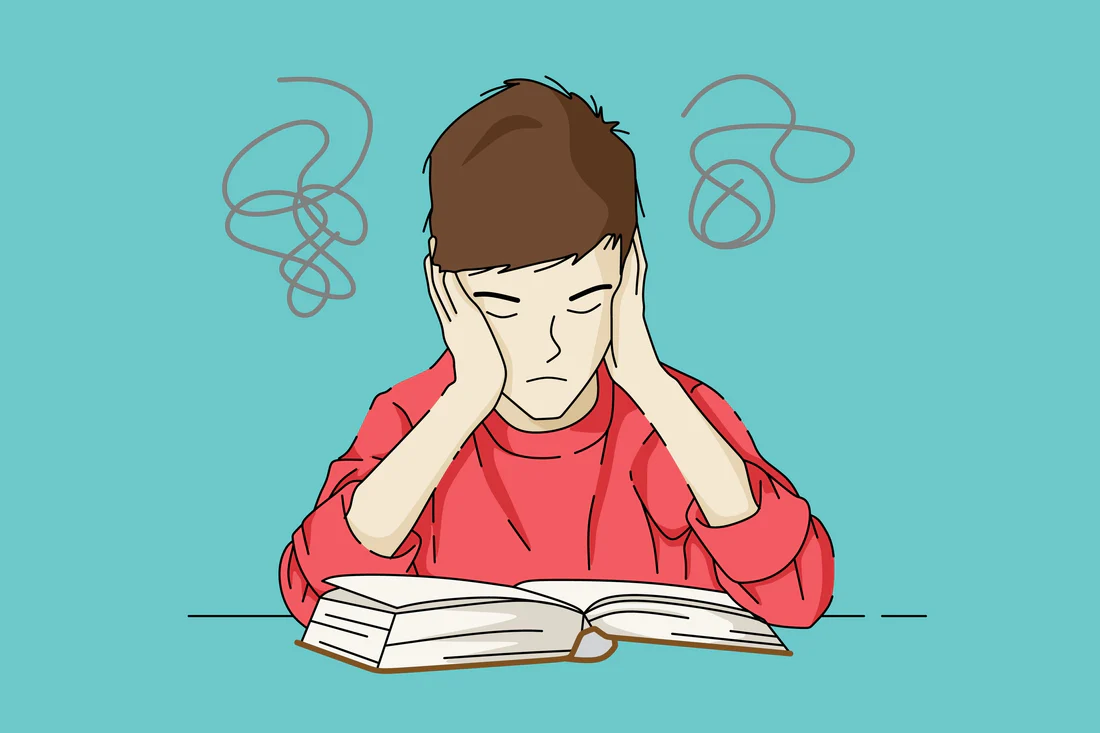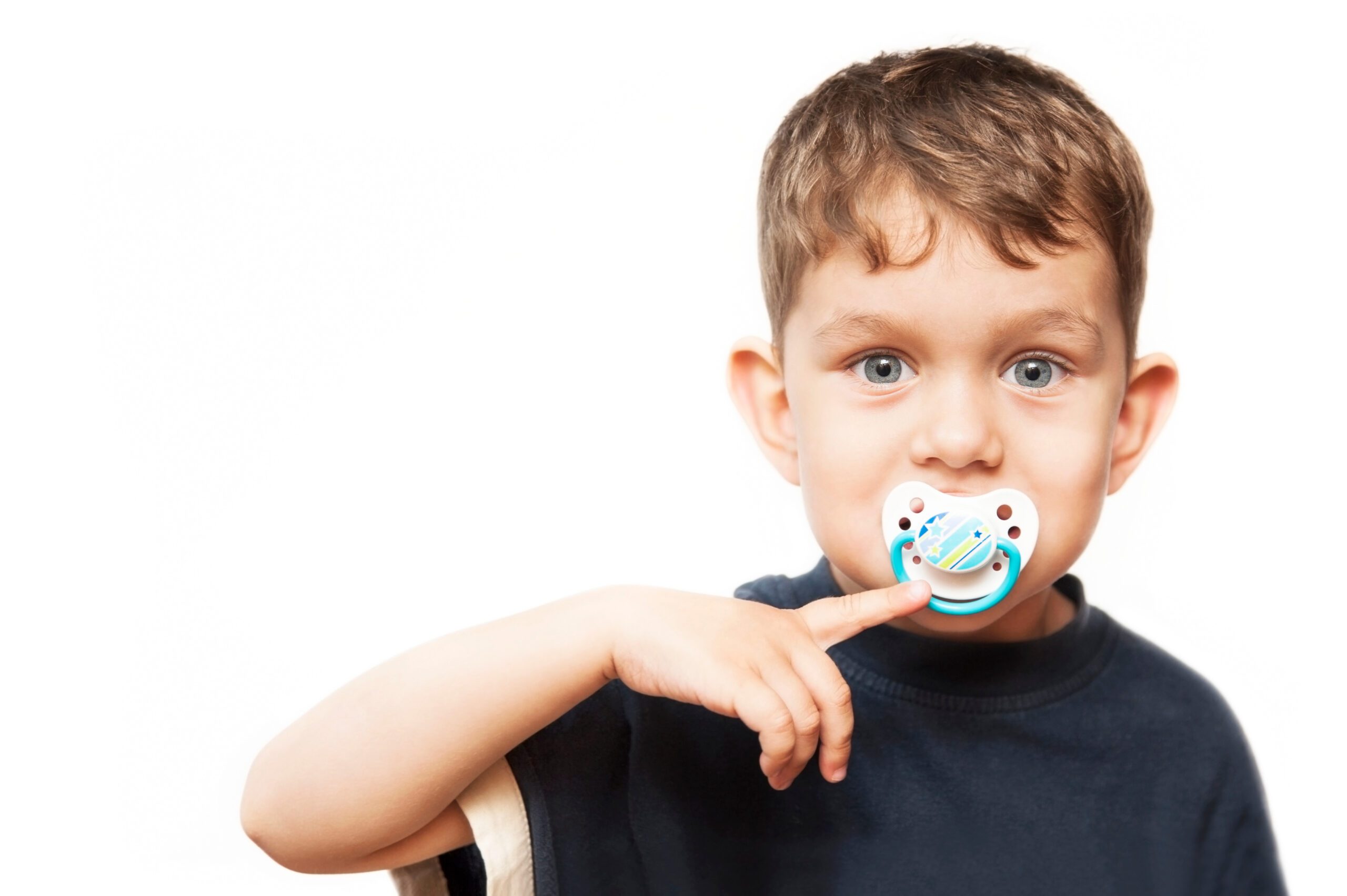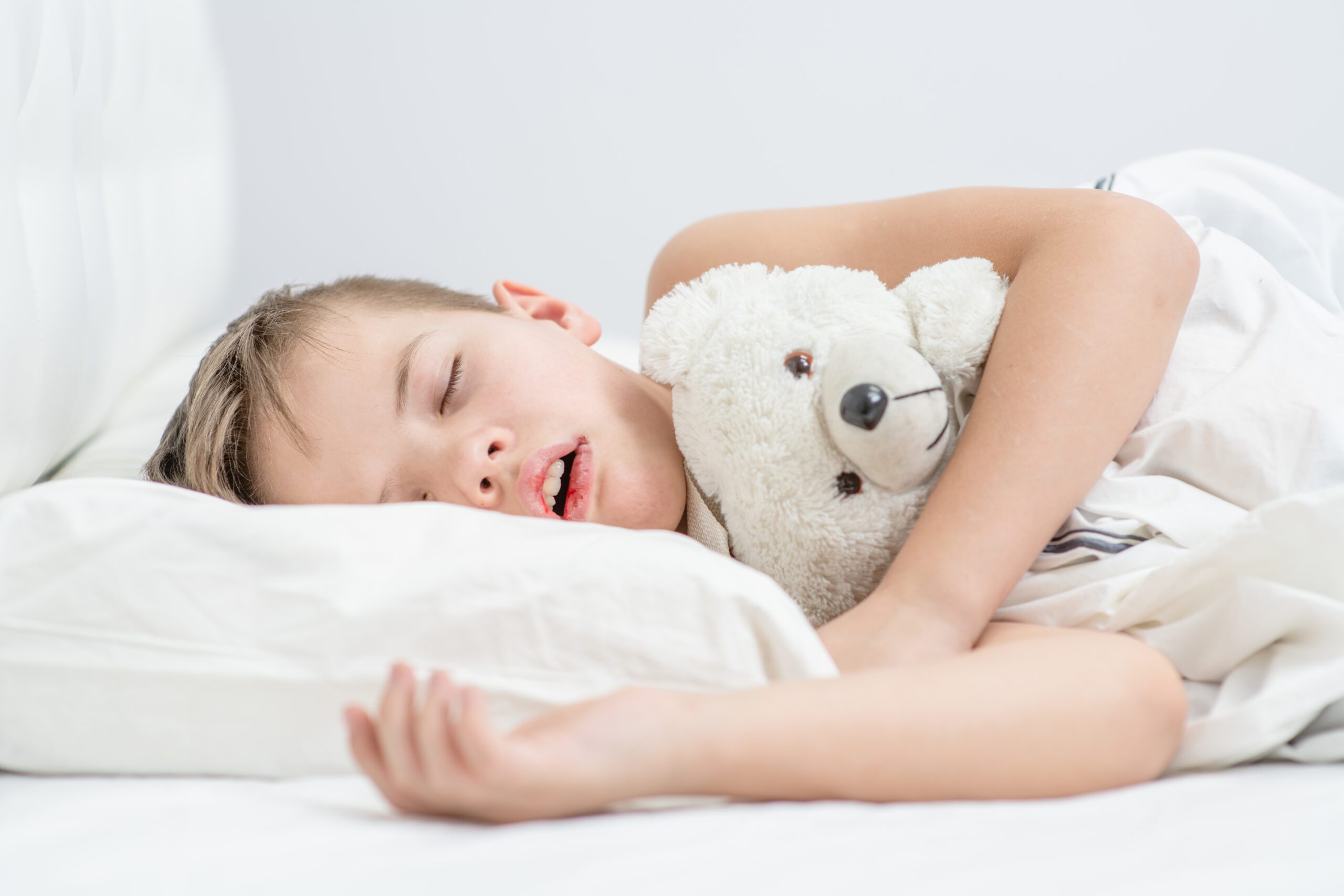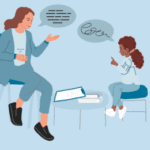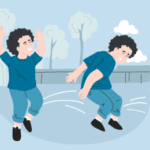
Blog
Understanding Sensory Processing Disorder and Its Impact on Children
November 9, 2024
Understanding Sensory Processing Disorder and Its Impact on Children
Sensory Processing Disorder (SPD) affects the way children interpret and respond to sensory information from the world around them. Unlike typical processing, where sensory input is seamlessly integrated, SPD leads to different processing, which can significantly impact various developmental stages. Sensory processing differences includes a spectrum from hypersensitivity (over-responsiveness) to hyposensitivity (under-responsiveness) across all senses, affecting how a child experiences their environment.



“Children with sensory processing issues may find it challenging to engage in play with their peers, often avoiding activities like running, climbing, or sports that are essential for developing balance and coordination. This can lead to deficits in motor skills, as their avoidance of physical interaction limits opportunities for growth and the acquisition of crucial developmental milestones.”

















































